The A/V Cable Bible
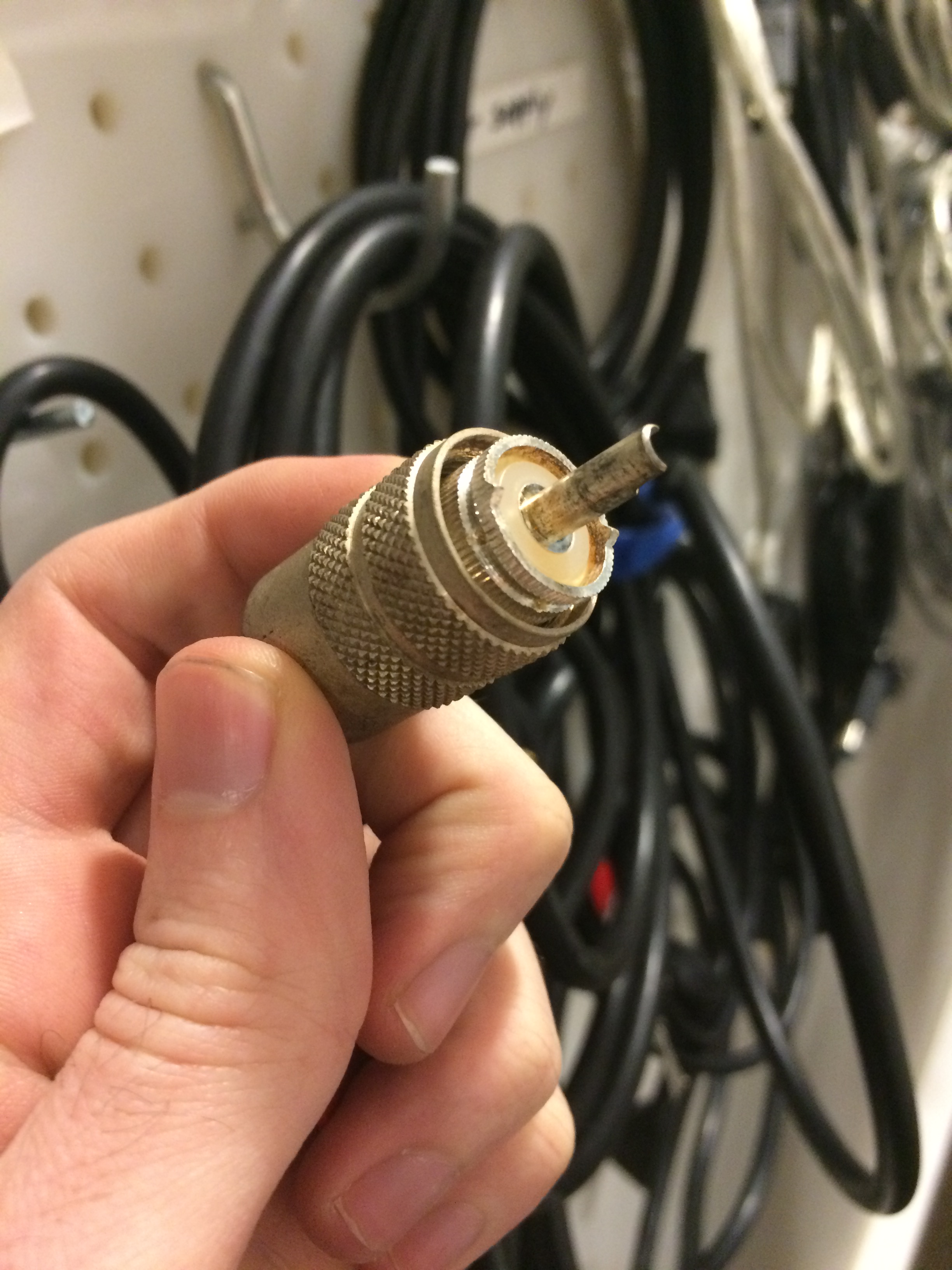
Once upon a time, the cables in the MIAP lab were organized. I have a spreadsheet and everything to prove it. Video cables were neatly separated from audio-only cables, while patch cables and computer cables inhabited their own particular niches. Order and stability reigned.
Was it a long, slow descent into chaos over the years, as various staff, faculty and students picked one cable off from its carefully arranged post and then flung it back, willy-nilly, into the fray? Was I trolled by the Joker?

Who can say. But for a while now, XLR cables have fraternized with 9-pin remote data controllers, USB 2.0 co-mingling with S-Video. Madness and miscegenation, I say.
It didn't take long to wrangle our peg board cable storage units back into something resembling structure. Start from scratch, sort by type (video, audio, patch, data), make sure every single cable is at least adequately coiled and has its own tie, and we've made it so that at least I will be able to find, say, a 1/4" TRS jack-to-male RCA cable if I so need one. The addition of labels to the peg board is nominally so that other people, too, might be able to find what they need without too much of a head-scratching search - but the truth is it's just as much to scare people into realizing that there is, in fact, SOME sort of system in place.
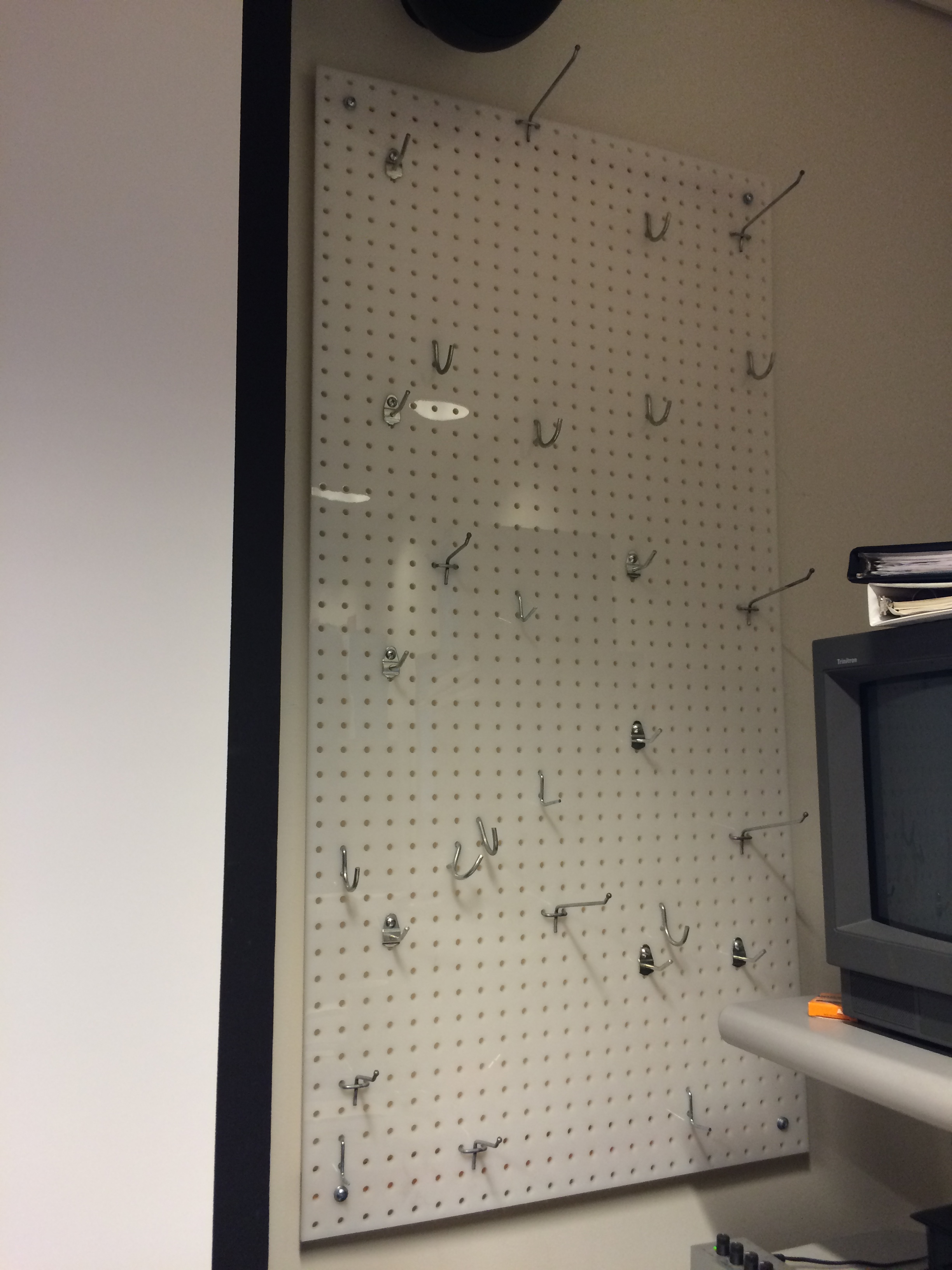

Why am I talking about a minor organization project, that, really, only took about an hour of work? Well, this bout of spring cleaning inspired a sort of The More You Know moment - one of my attempts at self-education that comes (constantly) with the territory. With about 90% of the cables on the board, I was already familiar with their purpose and nomenclature - for instance, that a BNC-to-video-patch cable could be used to hook up the composite video output from one of our auxiliary decks (DVCam, S-VHS, Betamax, various formats that we don't use enough to merit being mounted into our more permanent racks) into our digitization workflow. There were others that I had never used, and was somewhat flummoxed as to what equipment they were used with or even what kind of signal they were intended to carry. This one in particular was an old-school stumper:
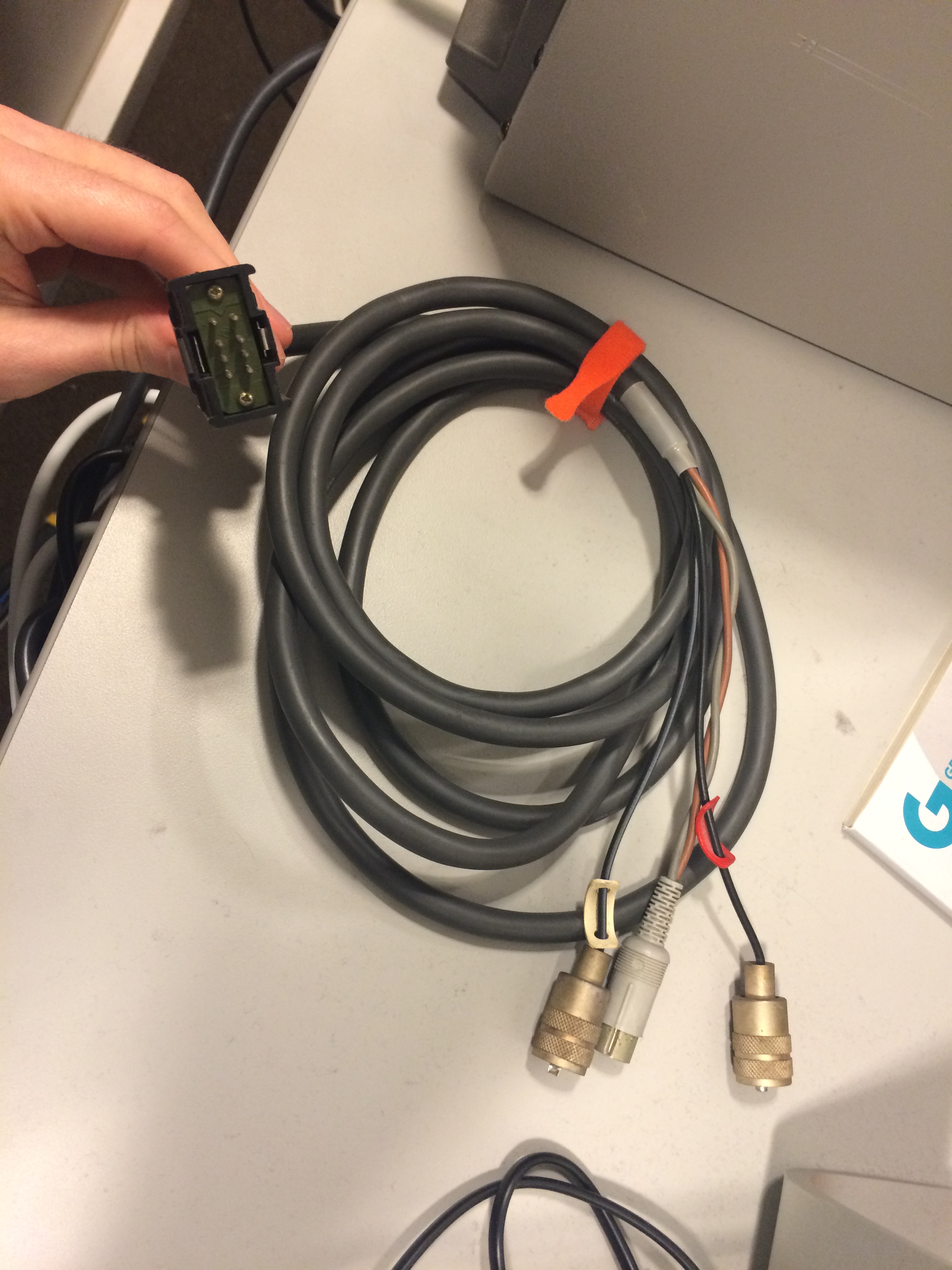
So I started to write up a guide, originally intended for my own use. A Cable Bible, if you will, detailing all (or at least the most common) connections that I would have to make and some context for what kinds of cables tend to appear where. Because once I started looking up some of these things, I realized what a rabbit hole A/V cabling is. See, every cable you use in media production and preservation is actually a jumbled design of wire material, signal types, encodings and interfaces, physical connectors, etc. etc. You can say you have a hard drive you need to connect to a computer and you need a USB cable, but what does that really mean? Is the interface USB 2.0, 3.0 or 3.1? What kind of connecting port does the computer have - Type A? Type B? Type C? Or the hard drive itself - is its port Type Micro-A? Micro-B? Micro-B SuperSpeed?
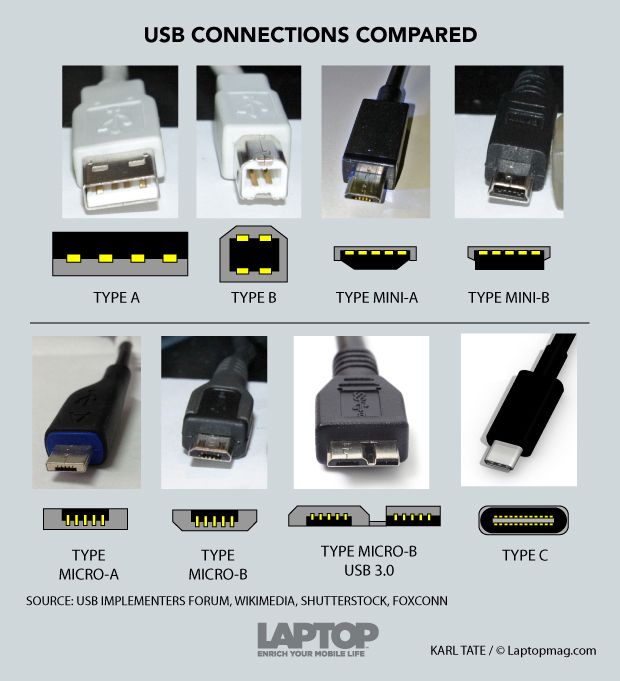
There's also the fact that the standard for discussing cable connections is to differentiate between connectors with pins as "male" and connections with ports as "female." For instance, in order to recently set up a DVCam deck for digitization, I needed a female RCA-to-male XLR adapter in order to get a male-to-male RCA cable to hook up with a female XLR port. Perhaps I'm just being phenomenally PC about this, but I've never cared for the way I sound vaguely like a pervy teenager when I'm just trying to make a video deck play. And I can't help but think that only a historically male-dominated profession would decide to make such a common part of its work a giant dick joke.1
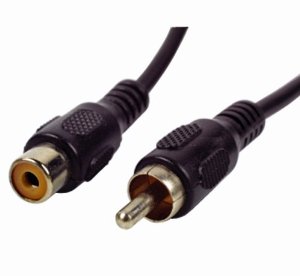
When all's said and done, I hope the Cable Bible will be a shareable document, easily navigable by categories that consider the broad goals of the connections purpose before burrowing down into the specific protocols and connections necessary for particular equipment (with examples listed). Do you need to make a video or audio connection? If video, does it need to carry an analog or digital signal? If analog, is the signal composite or component? If component, how are the luminance and chrominance portions of the signal divided? Into two channels, Y and C? Then you're looking for an S-Video cable, available with mini-DIN 4-pin connectors, or perhaps a SCART connector if you're dealing with European equipment. Is it in three channels, Y, Pb and Pr? You're looking for "component" cables, the more-familiar three-pronged cable(s) traditionally available with red, green and blue RCA connectors, though professional or broadcast equipment might require BNC instead (or, again in Europe, SCART).
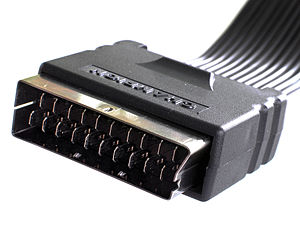
Or maybe the Cable Bible will let you work backwards instead: let's take for instance, that mystery monster of a cable I found while reorganizing the lab. What we have at one end is an 8-pin monitor connector, and at the other, a 5-pin DIN and two UHF connectors. UHF was a WWII-era connection originally developed for conveying radio frequency signals (including video) within a certain range; DIN 5-pin had some applications in professional audio. 8-pin was a very specific protocol intended to carry analog video output and input over the same connection. So what we have here is likely a cable intended to carry both the analog composite video and analog, unbalanced audio signal back and forth from a very old video monitor to a very old video deck (at a guess, possibly 1/2" open reel).
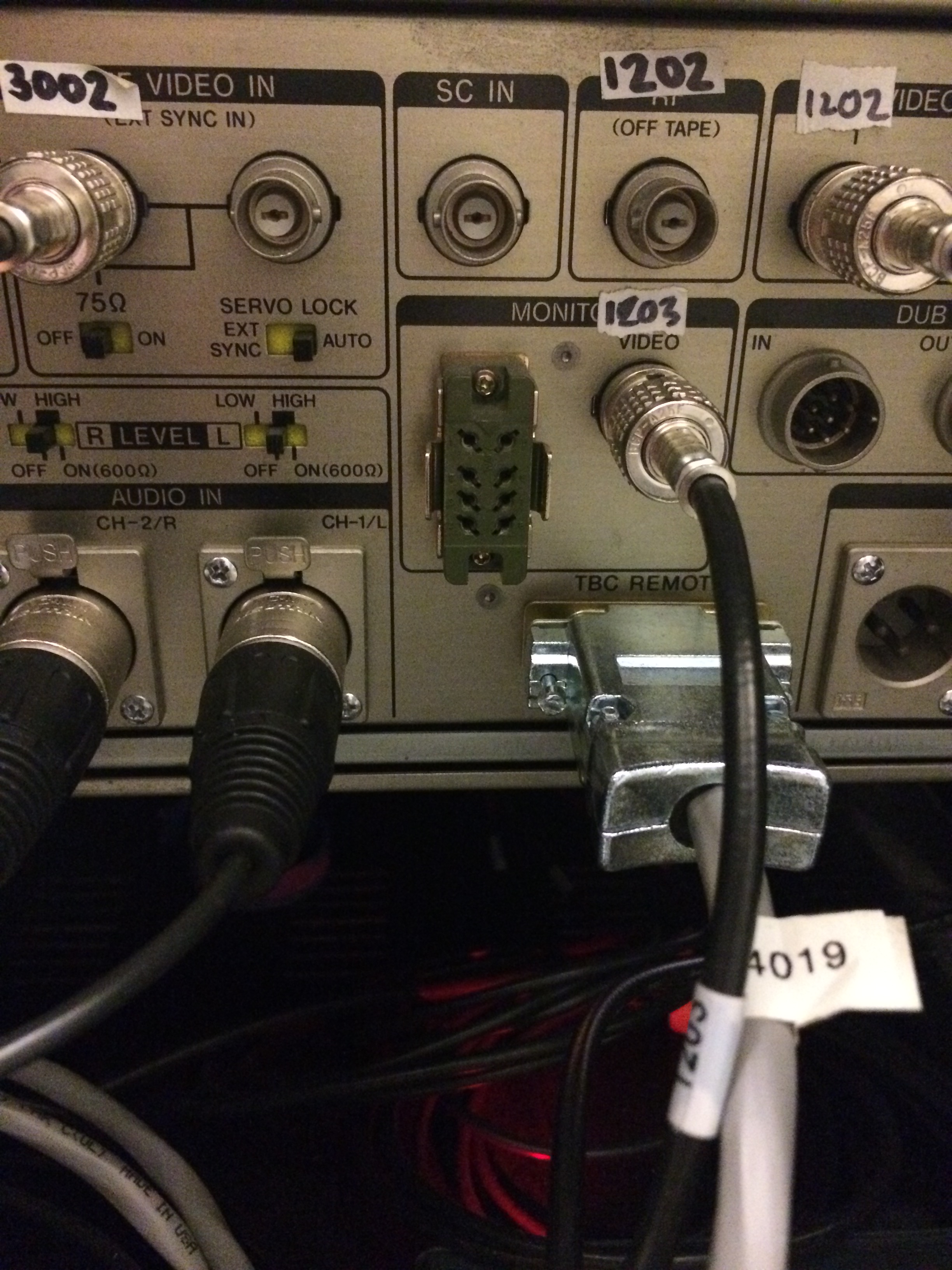
Even as I work on this blog post, the Cable Bible is spiraling slightly out of control in the Google Doc where I started it, as I add pictures and pinouts. It's possible that this project would work better as some sort of Wiki, where one could more easily navigate the different layers that cables operate on and branch out to explore from there - others would also potentially be able to contribute and document more obscure or unique types of connections and protocols. Much of this information already exists on the internet, even on Wikipedia itself - but it's a matter of consolidation and making it at least somewhat specific to archival context. I will update everyone if anything public develops!
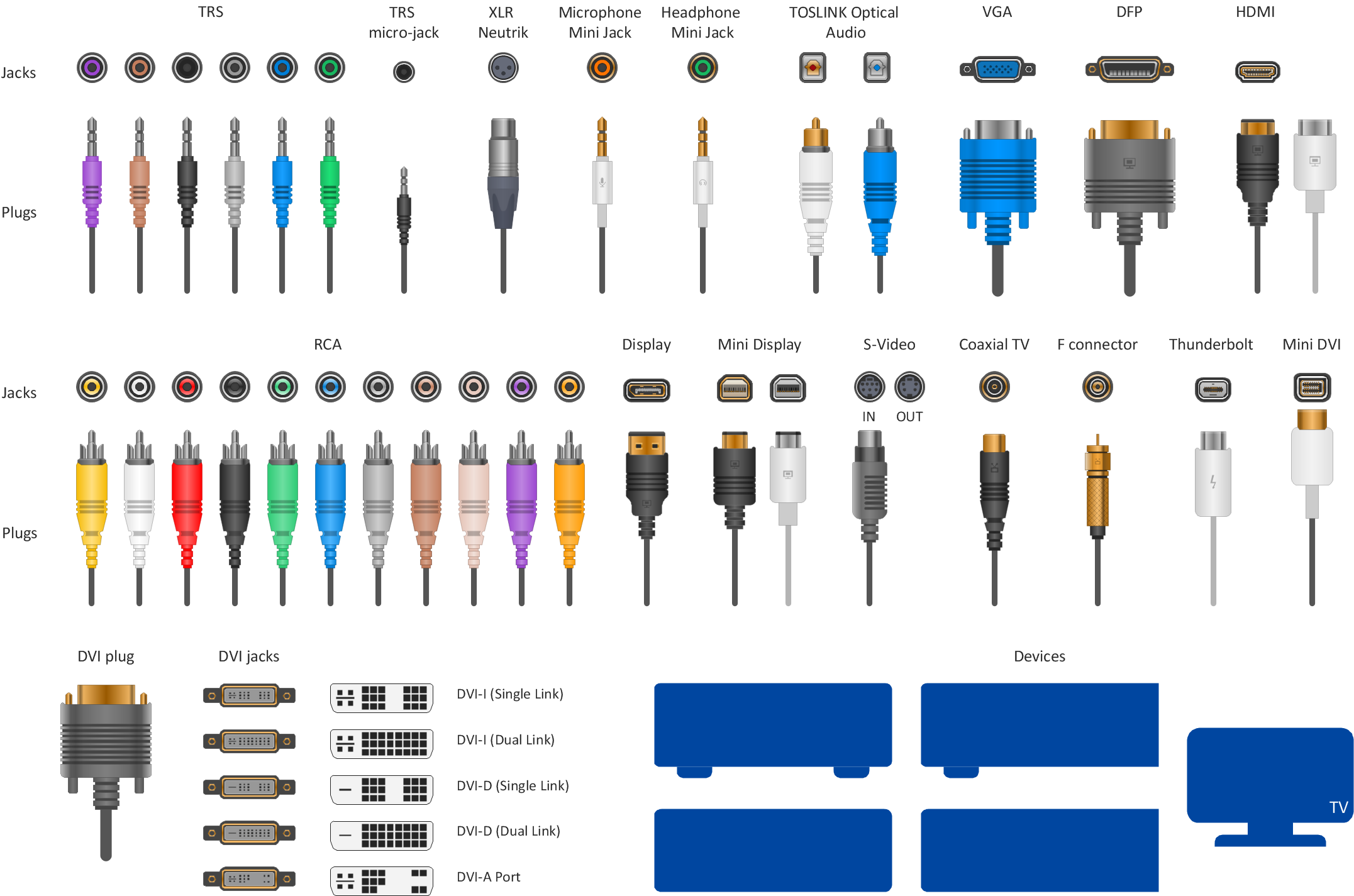
- Upon writing this I went back and remembered that I opened this very post with a fairly unnecessary, though (I hope) innocuous miscegenation joke. I'm keeping it in as this blog is meant to be an honest reflection of my thoughts, and this little contradictory exchange with myself is evidence that even self-reflection and good intention doesn't change the fact that I am still a straight cis white man in tech and these are the sort of weird little obstacles that still mine the field for others.